Udit Misra is Senior Associate Editor. Follow him on Twitter @ieuditmisra ... Read More
© The Indian Express Pvt Ltd
Latest Comment
Post Comment
Read Comments
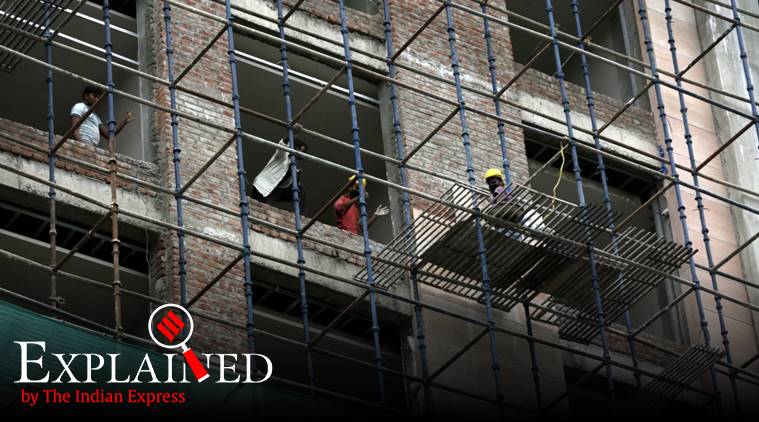 Metro work restarts at Bundgarden road in Pune, on May 5, 2020. (Express Photo: Arul Horizon)
Metro work restarts at Bundgarden road in Pune, on May 5, 2020. (Express Photo: Arul Horizon)
The gradual relaxation of the nationwide lockdown starting May 4 seems to have been a step towards resumption of normal economic activity. A new report by HSBC Global Research finds that only “40% of the economy will continue to remain disrupted (versus 65% and 50% in the first two phases of the lockdown, respectively)” thanks to the relaxations which divided the country into three different zones — red, orange and green.
As Table 1 shows, HSBC estimates 60% of the economy could gradually get back to work now.
 Source: Media reports, CEIC, HSBC. Click to enlarge
Source: Media reports, CEIC, HSBC. Click to enlarge
Over the course of the last month, as the economy stalled by design, the PMI plummeted and unemployment shot up to nearly 30% (see Charts 1 & 2).
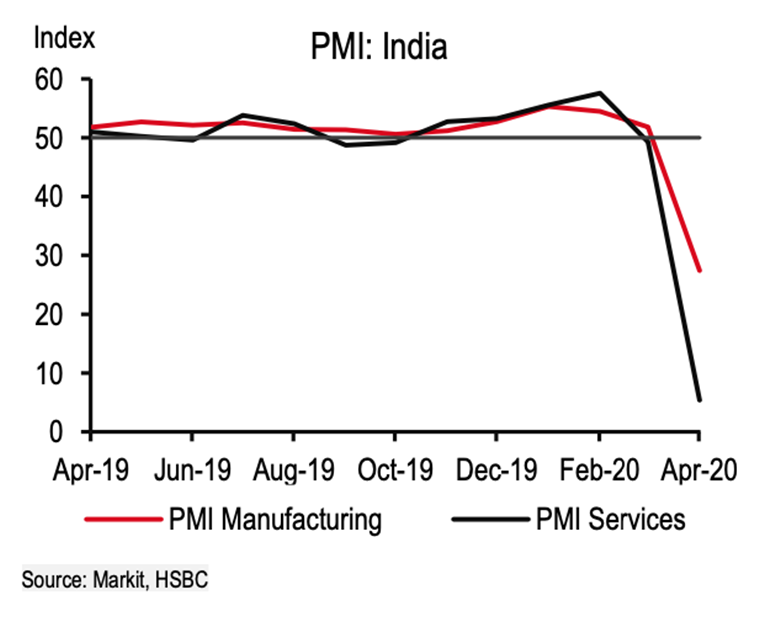 Chart 1; Source: Markit, HSBC. Click to enlarge
Chart 1; Source: Markit, HSBC. Click to enlarge
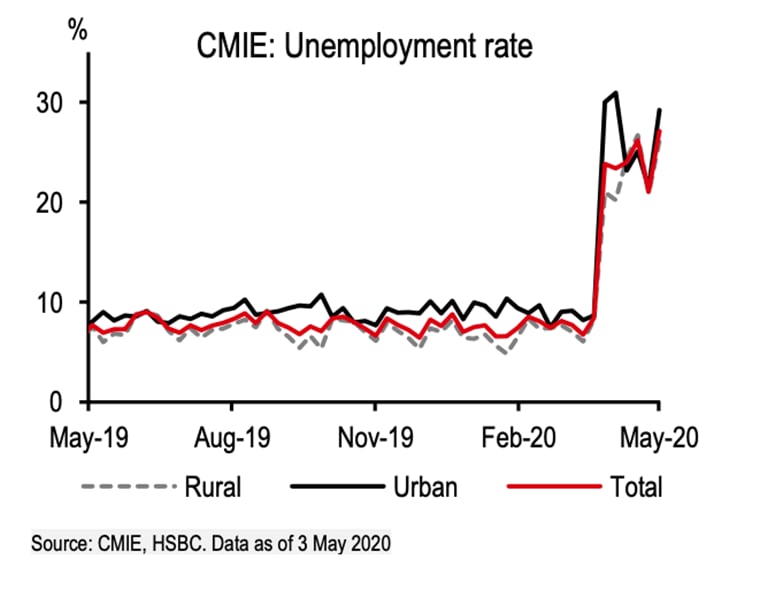 Chart 2; Source: SMIE, HSBC. Data as of May 3, 2020
Chart 2; Source: SMIE, HSBC. Data as of May 3, 2020
The PMI or the Purchasing Manager’s Index is a useful tool to understand whether businesses are doing better or worse over the last month. PMI typically surveys data on variables like overall production, new orders, inventory levels, supplier deliveries, and employment. So if overall production or new orders fall dramatically in any month, the PMI shows the decline.
But, according to HSBC, as things stand, “April may well be the trough”. That’s because there are signs of a pick up in the economy towards late April and especially early May.
📢 Express Explained is now on Telegram. Click here to join our channel (@ieexplained) and stay updated with the latest
For instance, driving activity and electricity consumption are up.
 Chart 3; Source: Apple mobility trends, HSBC.
Chart 3; Source: Apple mobility trends, HSBC.
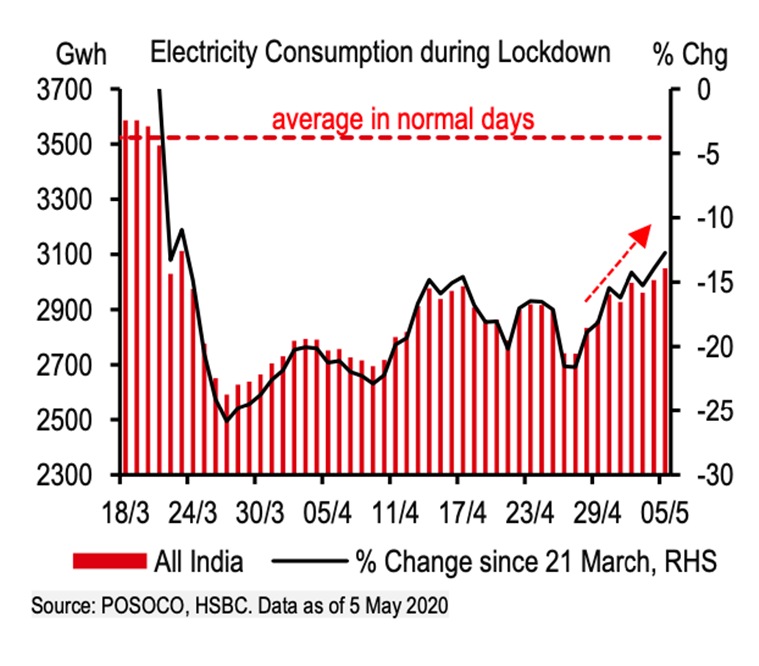 Chart 4; Source: POSOCO, HSBC
Chart 4; Source: POSOCO, HSBC
And so are the deposits in Jan Dhan accounts, possibly a reflection of the first fiscal relief package reaching the poor.
 Chart 5; Source: CEIC, HSBC. Data as of April 29, 2020
Chart 5; Source: CEIC, HSBC. Data as of April 29, 2020
However, there are two caveats. One, much like these trends, the doubling rate of COVID-19 cases also picked up pace in early-May. (Read our explainer on why Covid cases are likely to see a sharp rise in the coming days)
 Chart 6; Source: CEIC, HSBC. Data as of May 5, 2020
Chart 6; Source: CEIC, HSBC. Data as of May 5, 2020
Moreover, given the stress in the overall economy, it requires another round of fiscal boost. As the chart below shows, HSBC expects a fiscal relief package of the order of 5% of the GDP (India’s GDP was $2.8 trillion in 2019). Half of the additional 5% would have to come from a higher fiscal deficit of the central government. (Also read: Why the government’s Covid relief package should come sooner rather than later)
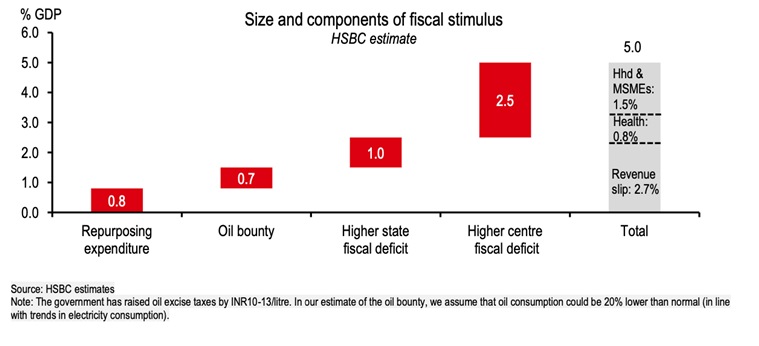 Chart 7; Source: HSBC estimates
Chart 7; Source: HSBC estimates